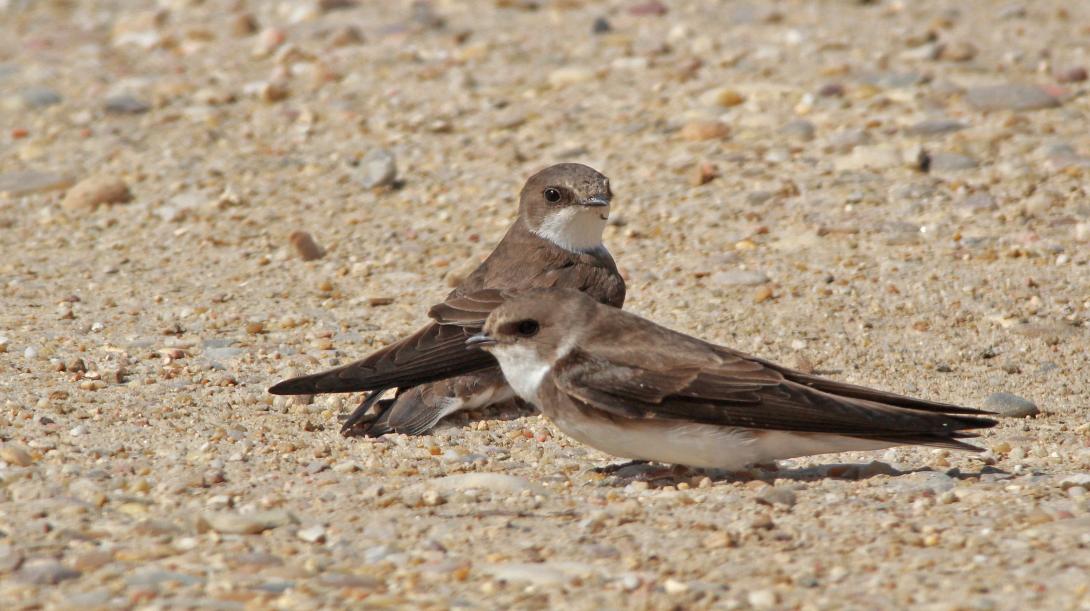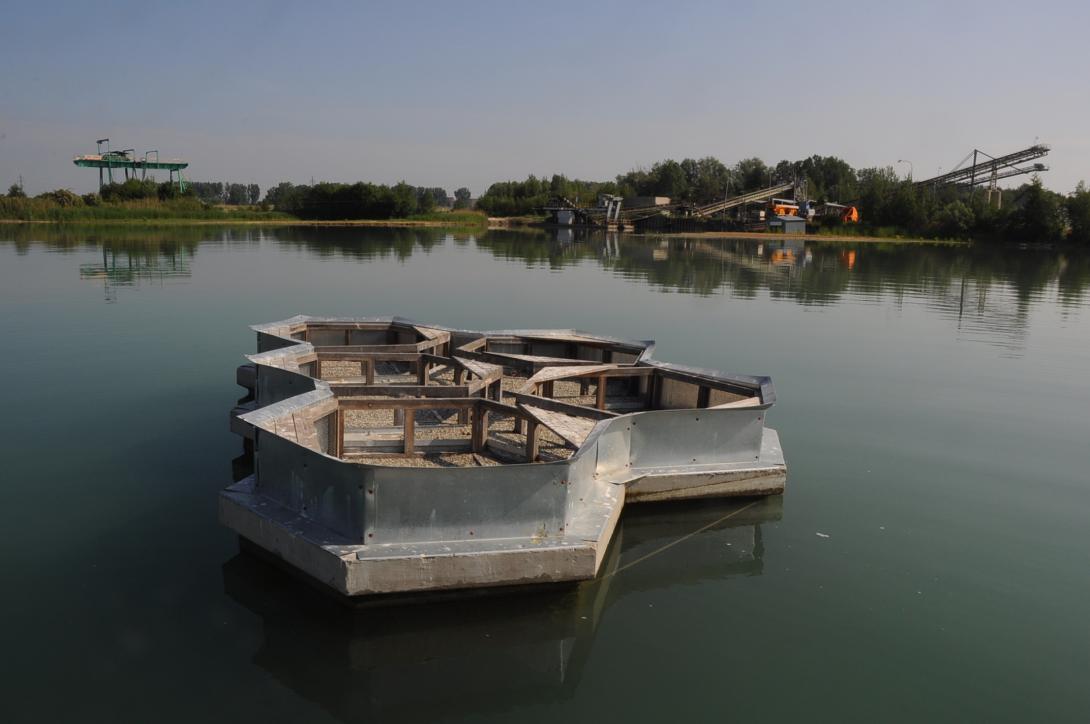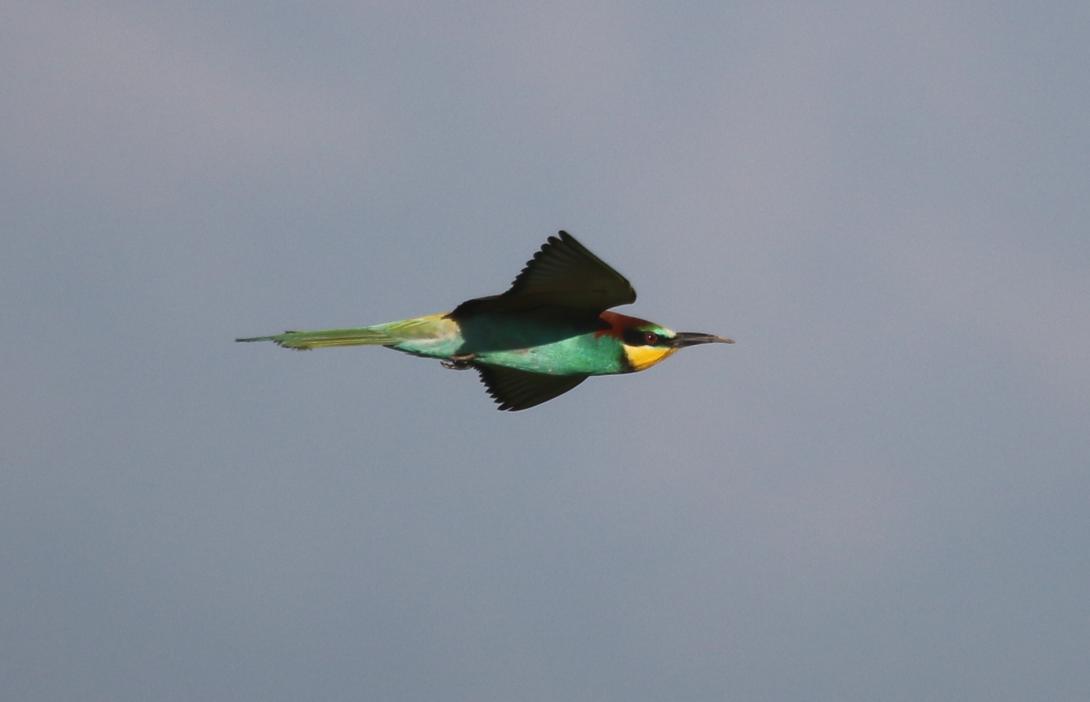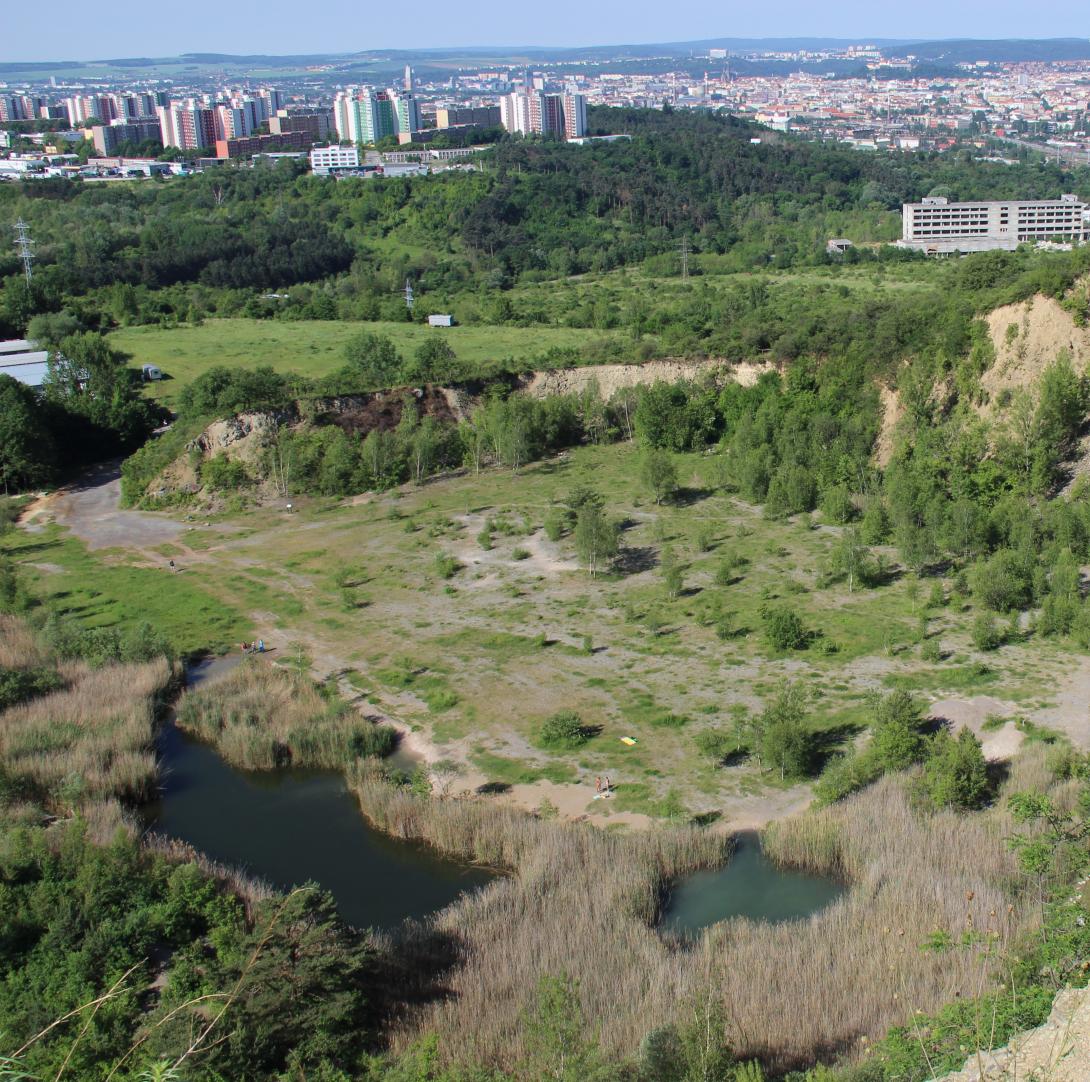Together for Nature
Heidelberg Materials and BirdLife International celebrate 10 years of partnership
Society is at a point where we are exceeding the planetary boundaries, and changes need to be made if we are to reverse the loss of nature and fight climate change. It is certainly a time for business to step up and put actions in place to support the conservation of nature in and around their operations. This is exactly what Heidelberg Materials is committed to do, and a key element to delivering this commitment is the long standing partnership with BirdLife International.
Construction materials & Nature conservation – mutually inclusive?
When I hear or think the word ‘quarry’, beauty, life, and diversity comes to mind. But you are an ecologist I hear you exclaim! This is true, but through my time working for an NGO and subsequently for Heidelberg Materials I have been excited and inspired to experience that while these spaces may seem barren and full of human activity, they are teeming with life while the opportunities to actually create new species-rich habitats are abundant.
Heidelberg Materials as one of the world’s largest integrated manufacturers of building materials has a large footprint with over 800 quarries in more than 50 countries. From an ecological point of view this creates a lot of interest as our operations interact with a large number of different habitats and species. With this interaction comes responsibility, and therefore the protection and enhancement of nature is not only important to me as an individual but is a crucial part of the company’s sustainability strategy. The sheer number of species and interspecies interactions makes this complex, so to help deliver the companies’ ambitions and commitments and meet our potential, we looked for a trusted partner which led us to BirdLife International.
A tale of two partners…
We are very happy to celebrate 10 years of Heidelberg Materials and BirdLife working together, an impressive milestone in the history of business and NGO collaboration. Why BirdLife you might ask? Well, firstly, we share values on the importance of nature and the sustainable use of natural resources, and secondly, BirdLife has a strong competence in scientific knowledge and research. Lastly, and very importantly, there is a strong geographical cross-over between local partners and our operations which enables the implementation of projects across many countries – really delivering timely action on the ground. While local level is important, much has also been achieved at global level with joint lobbying, sharing of best practice and knowledge through scientific conferences, and the delivery of training and associated materials - to name but a few. Historically, joint working between business and NGOs has not always been a match made in paradise, but I have very much appreciated finding like-minded conservationists in BirdLife who share with me the optimism on what the sector can bring for nature.
Concrete projects
Over the last ten years we have achieved many successes, and I want to share three which particularly resonate with me and show the power of our partnership at multiple levels. Starting at site level, our joint project in Ghana focuses on the critically endangered endemic tree Talbotiella gentii and is conducting propagation trials to advance the understanding on how to bring this species back from the brink of extinction.
If we are to reverse nature loss, then engaging the public is of immense importance. This was the focus at our site in Belgium where Natagora have created a nature trail, inviting visitors to learn about and be inspired by the nature in our quarries.
The partnership has also had influence at national level! This was the case in Israel with the adoption of a recent regulation. Our joint working at site level has resulted in the development of a code of conduct for invasive alien plant species, which has now been incorporated by the Ministry of Environment into national regulations.
The news around nature is often hard to read, with declines and extinctions hitting the headlines on a too regular basis. The opportunity to have the land and the means to create positive stories and give society a ray of light that change is possible is an important part of our business.
What will the future bring?
The planet is at a critical time, with urgent action needed for both climate and nature, and it is clear that we need to build on what we have collectively learnt and use that to not only increase action on the ground, but also to help shape policy. As the global momentum accelerates action for nature, the next decade will bring with it new strategies at global, regional and local levels. There has never been a more important time for collaboration and I look forward to continuing and building our partnership into a further decade as we take the next step in understanding our impact on biodiversity and work together towards nature positive.

Sand martins.

Floating Concrete Islands, Tovacov Lakes.
Heidelberg Materials

Bee Eater.
Heidelberg Materials

Restored quarry, Brno, Czech Republic.
Heidelberg Materials

Sand martins.

Floating Concrete Islands, Tovacov Lakes.
Heidelberg Materials

Bee Eater.
Heidelberg Materials

Restored quarry, Brno, Czech Republic.
Heidelberg Materials
